How Doctor Who Can Avoid Marvel’s Messiest Sci-Fi Mistake
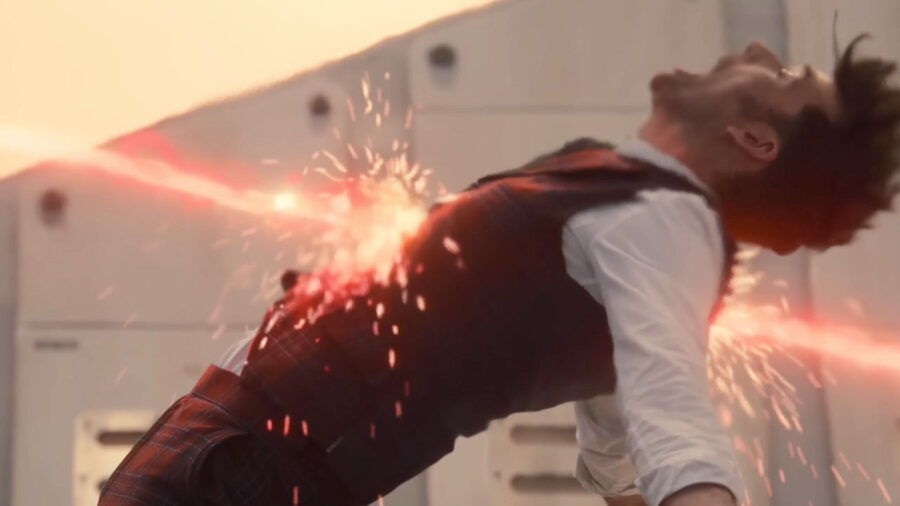
In the Doctor Who 60th anniversary episode “The Giggle,” showrunner Russel T. Davies introduced the concept of “bi-generation,” which allowed Ncuti Gatwa’s Doctor and David Tennant’s Doctor to exist at the same time. At the time, audiences mostly thought this was just a way of forever keeping the door open for fan-favorite David Tennant to come back whenever he wanted to. But things go much deeper than that: in the commentary for that episode, Davies revealed that all of the previous incarnations of The Doctor are running loose, each with their own TARDIS, and we’re hyped because Davies’ “Doctorverse” can avoid the mistakes of Marvel’s multiverse.
Marvel’s Multiverse of Mistakes
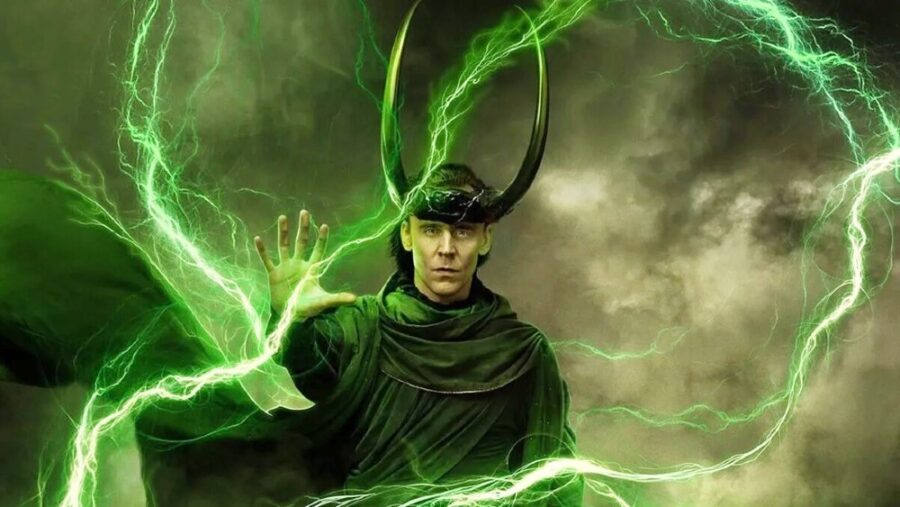
When the Marvel Cinematic Universe first began dipping into the multiverse, it seemed like an exciting enough prospect. Movie fans would get to see their favorite characters as they had never seen them before. Comic fans, meanwhile, would get to see cool things like The Illuminati that would otherwise never become part of the MCU. However, it didn’t take long for the appeal of the multiverse to wear thin, and it went from being a cool idea to being something of an albatross around Disney’s neck.
With the multiverse, it soon became clear that what happens to our favorite characters no longer matters: Loki can die in one blockbuster film, and then a different version of him headlines a TV series. Speaking of Loki, that show’s worst moments invariably came when they tried to explain the mechanics of the multiverse, making the whole thing a “lose/lose” for fans because it has become a narrative cheat that is insanely boring to explain. Fortunately, Doctor Who’s version of the multiverse should be able to avoid all of these mistakes and use Russel T. Davies’ “Doctorverse” to supercharge the franchise.
How the Doctorverse Began
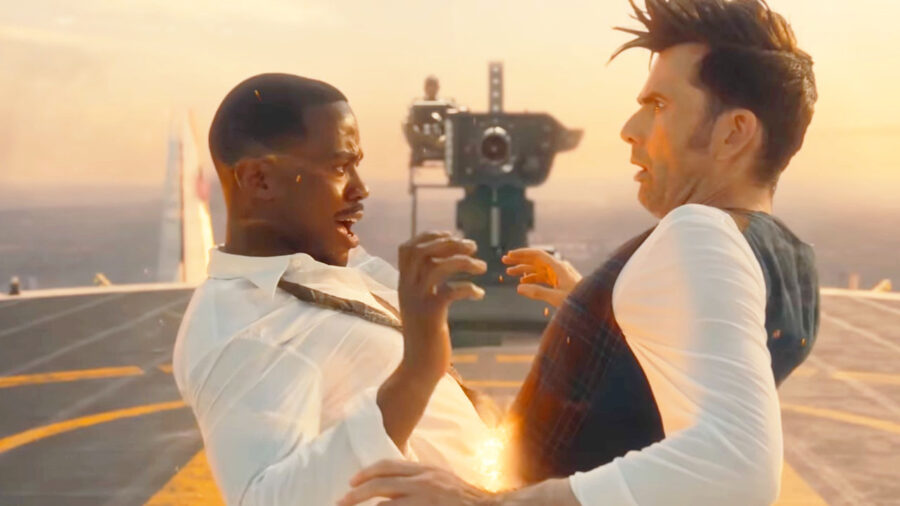
Normally, the rules of regeneration in Doctor Who are simple (at least, by sci-fi standards). When each incarnation of the Doctor dies, he simply regenerates into a different version of himself. This began as a charming way of keeping the franchise going when those playing the Doctor wanted to move on, and regeneration has been the key for this show maintaining its canon and ongoing storyline for more than six decades.
In the Doctor Who episode “The Giggle,” we see David Tennant’s Doctor began to regenerate after a battle with the Toymaker, and he fully expects to simply transform into the newest version of himself. However, a combination of the Toymaker’s powers and the influence of his spooky realm allowed the Doctor to make the “Timelord myth” of bi-generation into a reality, complete with each Doctor having his own TARDIS. According to Davies’ commentary for the episode, this applies to every single previous version of the Doctor as well, meaning there are now 15 or so incarnations each having their own adventures in time and space.
Doctor Who Can Have Its Jelly Baby and Eat It, Too
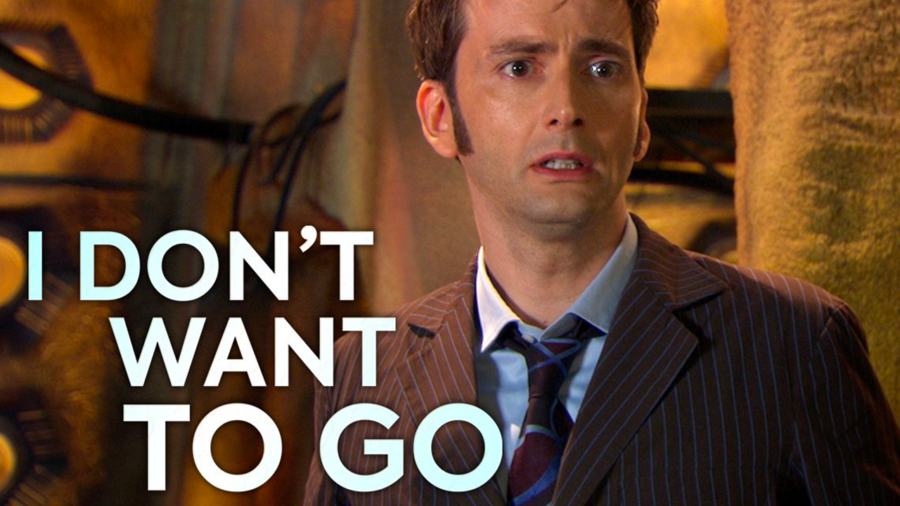
The primary reason we think Doctor Who can avoid the problems with this multiverse is that strictly speaking, it’s not really a multiverse at all. In this case, Russel T. Davies’ cheeky name, “Doctorverse,” is quite appropriate: instead of getting different timeline incarnations of this fan-favorite sci-fi character, it sounds like we are just getting all of the different characters having separate adventures in a shared universe. This automatically gives the Doctorverse more stakes than Marvel’s multiverse because whatever happens to these adventuring Timelords will actually matter to the ongoing story.
As we noted before, Marvel has been bad about using the multiverse as an attempt to bring back deceased characters such as Loki, and they also use the multiverse for cheap thrills. For example, the real reason the Illuminati were in Doctor Strange and the Multiverse of Madness is so that we could see Scarlet Witch kill beloved characters without it really mattering to the universe we care about. The lesson Marvel failed to learn is that it’s difficult for audiences to get invested in characters and storylines that even the creators are treating as interchangeable and disposable.

In the Doctorverse, though, all of these will be the real, canonical versions of characters that we love: if David Tennant’s Doctor is threatened, for example, we are genuinely worried because there is no multiversal double of him that can be substituted in if this one dies (before you say it, that human version of him shacking up with Rose in another reality doesn’t count). Compared to Marvel’s multiverse, the Doctorverse is a “win/win” for fans because it opens up a world of narrative possibilities without lowering the stakes or cheapening character decisions.
The Return of Some Familiar Faces
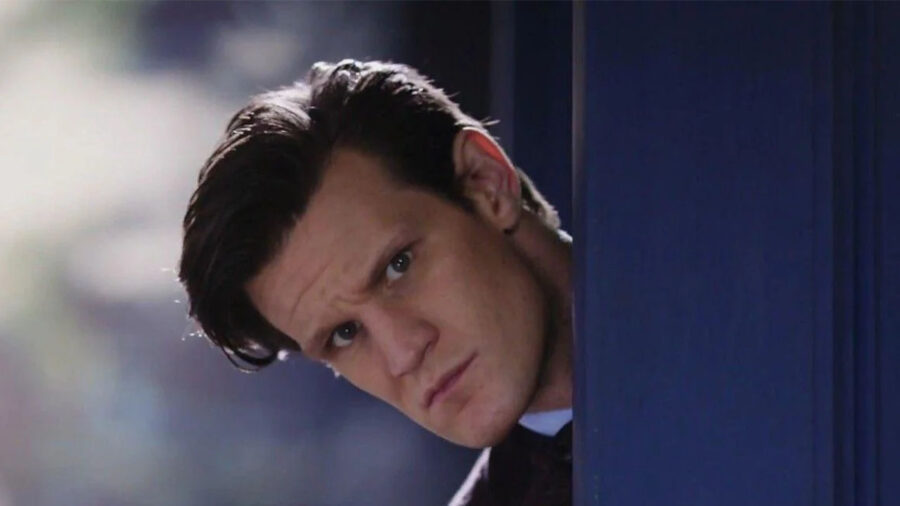
The final reason we think Doctor Who’s Doctorverse will sizzle where Marvel’s multiverse fizzled is that the door is now open for some amazing and meaningful cameos. When Marvel uses the multiverse for cameos, it’s usually for shock value (the aforementioned vicious deaths in Multiverse of Madness) or for jokes (brace yourself for endless gag cameos in Deadpool 3). Meanwhile, Doctor Who has traditionally given us meaningful cameos, including the return of old Companions and even the return of Tom Baker’s Fourth Doctor as “the Curator” in “The Day of the Doctor.”
Now, Doctor Who can provide more than cameos by bringing back surviving actors to reprise their roles as the Doctor and giving them their own specials or even their own series. That will pair perfectly with spinoffs like Tales of the TARDIS, an online show that featured older Doctor Who adventures with wraparound commentary featuring surviving cast members (appearing in character, no less).
Put it all together, and we don’t need a TARDIS to tell you that the future for this Doctorverse is looking so bright that we might have to borrow Peter Capaldi’s shades.












